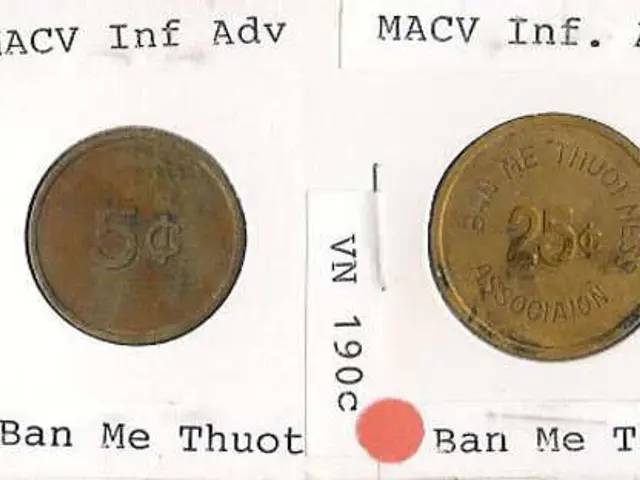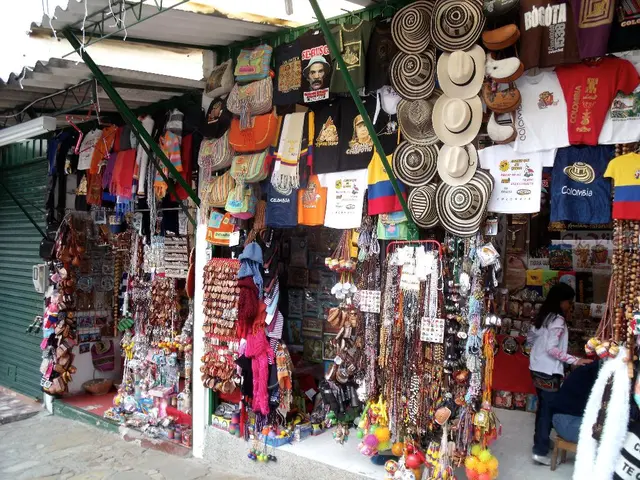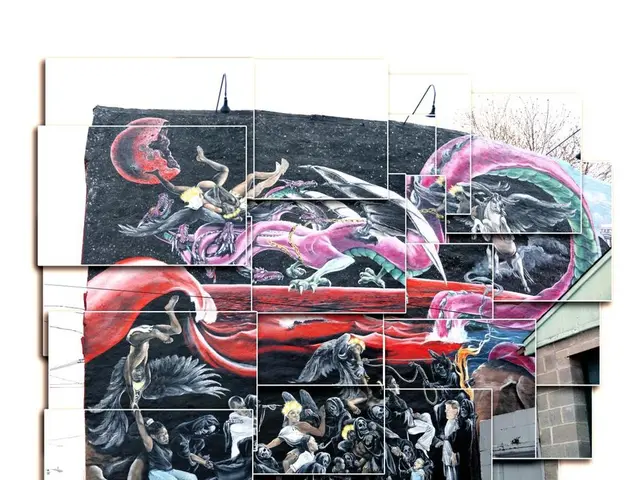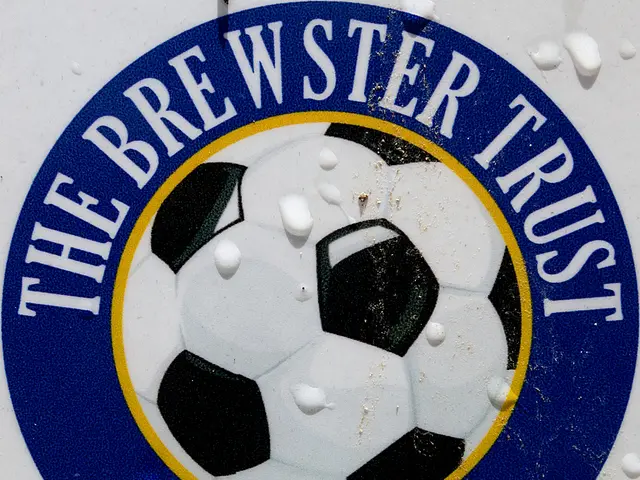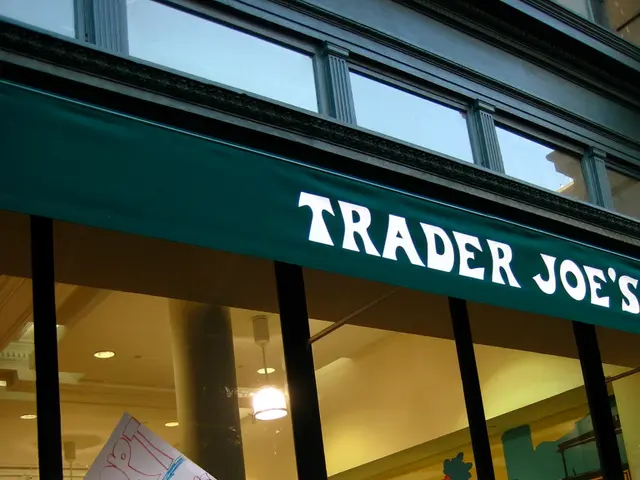Large lottery prizes have been so staggeringly huge lately. Why is that?
In a thrilling turn of events, the Mega Millions jackpot fell just short of the all-time U.S. lottery record of $1.586 billion, set by the Powerball in January 2016. Despite this, the Mega Millions drawing on October 23, 2018, was estimated at an impressive $1.6 billion.
The Mega Millions tickets are available in 44 states, the District of Columbia, and the U.S. Virgin Islands. The potential payout of the October 23rd drawing could have made history, surpassing the Powerball prize won in 2016.
The odds of winning the top prize in Mega Millions were boosted from about one-in-259 million to one-in-303 million due to the rule changes in October 2017. These changes included requiring players to pick five numbers from one to 70 and a Mega number from one to 25.
The rule changes aim to entice first-time players and those who might not usually buy tickets when jackpots reach the nine or ten-figure range. The growing jackpots are a result of changes in the rules to decrease the chance of winning a jackpot and increase the potential for prizes to grow.
Interestingly, the lottery landscape has undergone significant changes in recent years, not just in state lotteries like Mega Millions, but also in visa lotteries. For instance, the H-1B visa lottery rules changed in 2015 and 2017 to increase jackpot amounts or selection preferences primarily to prioritize higher wage offers and reduce abuse/fraud.
Specifically, changes introduced around those years and intensified in subsequent proposals were intended to replace or modify the traditional pure random lottery system to a weighted or merit-based system that favored applications with higher offered wages. This aimed to prioritize better-paid, higher-skilled foreign workers over lower-wage ones, aligning with policies like the "Buy American, Hire American" initiative.
Additionally, reforms in various lotteries, including the Diversity Visa (Green Card) lottery, have required stricter identity verification measures, such as passport scans, to prevent unauthorized or multiple entries, ensuring that jackpots or selections go to legitimate causes.
These reforms reflect government attempts to increase lottery benefits (big jackpots for public lotteries or better skilled workers for visa lotteries), and reduce abuses (fraud and unqualified applicants). The 2015 and 2017 changes evolved under administrations looking to adjust randomness with merit or wage-based priority, balancing fairness with efficiency and policy goals.
For more insight into the history and evolution of the lottery, one can refer to Matthew Sweeney's 2009 book "The Lottery Wars: Long Odds, Fast Money, and the Battle Over an American Institution."
On October 23, 2018, a single person in South Carolina claimed the $1.537 billion Mega Millions jackpot, becoming the lucky winner in one of the most anticipated lottery draws in history. The exact identity of the winner remains undisclosed, adding to the allure of the Mega Millions and its ever-growing jackpots.
The Mega Millions jackpot, though it didn't break the U.S. record set by the Powerball in 2016, still stirred immense interest, with its estimated $1.6 billion prize mirroring the historical significance of the Powerball prize. The growing trend in gaming trends, such as casinos, lotteries, and gambling, has influenced the evolution of lotteries, even extending to visa lotteries, where reforms aimed to increase jackpots or selections, prioritizing higher wage applicants. Furthermore, the ensemble of changes for Mega Millions and visa lotteries since 2015 reflects governmental efforts to optimize benefits, reduce fraud, and align with policy goals, similar to the "Buy American, Hire American" initiative.

